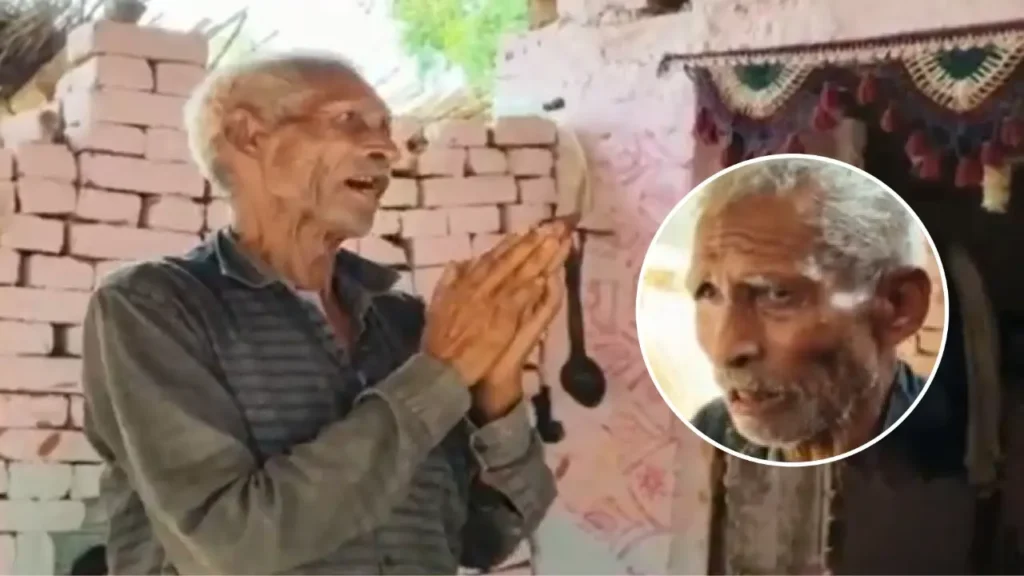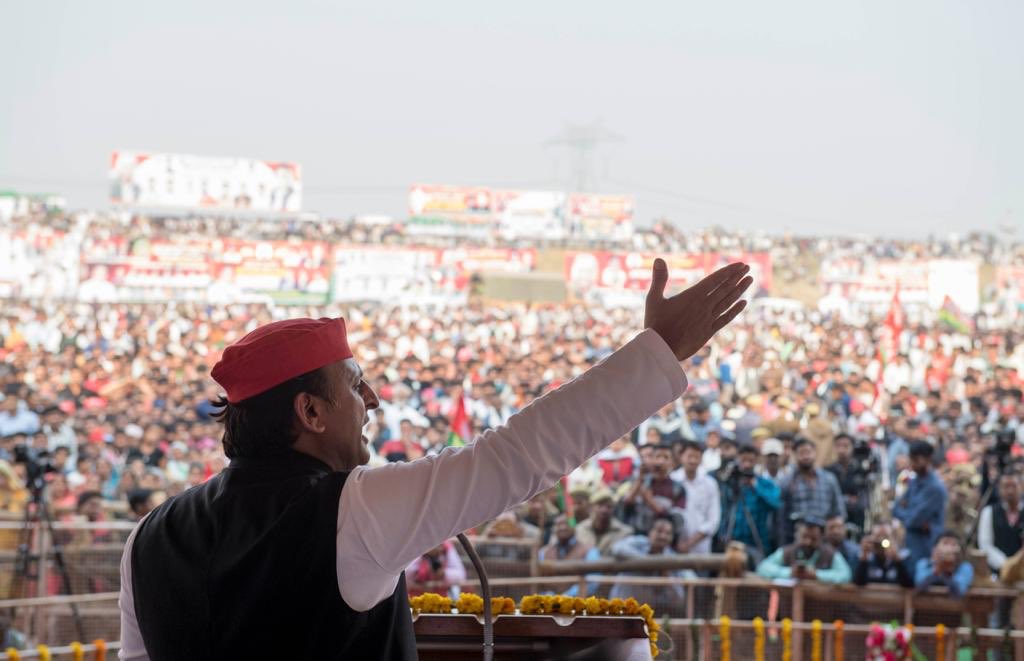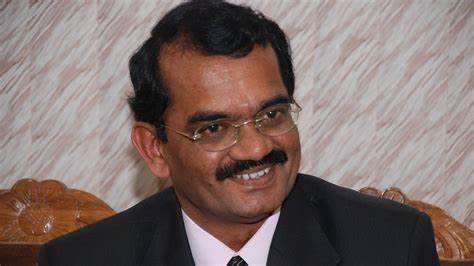Justice Delayed is Justice Denied – Lakhan Lal’s Unimaginable Wait
Imagine spending more than four decades behind bars for a crime you didn’t commit—only to be declared innocent at the age of 104. That’s the heartbreaking reality of Lakhan Lal, whose recent acquittal in 2025 has sparked widespread outrage across India. Arrested in 1977 and convicted in 1982 for a murder he always denied, Lakhan’s case has come to symbolize the deep-rooted judicial delay that plagues India’s legal system.
104-year-old Lakhan Lal declared innocent after 43-Year fight for justice, walks free from UP jail
— Republic (@republic) June 2, 2025
Tune in to LIVE TV for all the fastest #BREAKING alerts - https://t.co/gYYZzwmqjj pic.twitter.com/apgpll5uEL
This story isn’t just about one man—it’s about a justice system gasping under the weight of 4.7 crore pending cases. It’s about why terms like tareekh pe tareekh aren’t just courtroom memes but a lived reality for thousands. This explainer dives into the historical roots of India’s legal delay crisis, traces its systemic failings, analyses present conditions, and highlights why reforms are long overdue.
Understanding the Roots of India’s Judicial Backlog
India’s judicial system, despite being one of the world’s largest, has always struggled with speed and efficiency. The foundation of the modern Indian judiciary was laid under colonial rule, and while it has expanded in scope since independence, the infrastructure has not kept pace.
Lakhan Lal’s Case Timeline:
- Arrested: 1977
- Convicted: 1982
- Acquitted: 2025 (43 years later)
The legal framework, riddled with procedural bottlenecks, heavily depends on physical paperwork, long oral arguments, and limited judicial manpower. One of the most critical stats shows that India has only 21 judges per million people, a stark contrast to 107 in the U.S., according to the Vidhi Centre for Legal Policy.
Key Concepts:
- Judicial Pendency: Cases that remain unresolved in courts.
- Tareekh Pe Tareekh: Popular expression meaning repeated adjournments.
- Undertrial Prisoners: Accused individuals awaiting trial or verdict.
This backlog has allowed innocent people like Lakhan to become collateral damage of a slow-moving system.
A System Choked by Delay, Inefficiency, and Neglect
🚨 Arnab Goswami takes on the JUDICIAL SYSTEM of India.
— Megh Updates 🚨™ (@MeghUpdates) June 2, 2025
"Lakhan Lal, JAILED for 43 YEARS on a FALSE MURDER charge, walks FREE at the age of 104."
"Let us WAKE UP to this ‘tareekh pe TAREEKH’, the TORTURE people face in the name of Justice." pic.twitter.com/sCZLriAEuu
- The Appellate Abyss
Lakhan Lal’s appeal was never prioritized. Thousands of undertrial prisoners, some even acquitted later, are languishing in jails because of similar negligence. Appeals that should take months often drag on for decades.
- Shortage of Judges and Court Staff
According to the National Judicial Data Grid, India had over 4.7 crore pending cases in 2025. While population and legal needs have multiplied, judge appointments haven’t. The Law Commission has repeatedly recommended doubling the number of judges—recommendations yet to be acted upon effectively.
- Case Study Parallel – Hussainara Khatoon v. State of Bihar (1979)
This landmark case led to the release of 40,000 undertrial prisoners and emphasized the right to a speedy trial. But 45 years later, Lakhan Lal’s case proves those lessons were not learned or implemented at scale.
Has Anything Really Changed in 2025?
As of 2025, India has made incremental progress in modernizing its judicial system—most notably through the digitization of court records and the roll-out of the e-Courts initiative. However, these efforts, while commendable, are moving at a glacial pace, especially when measured against the scale of the crisis. The backlog of over 4.7 crore pending cases is not something technology alone can fix without addressing deeper institutional bottlenecks. Fast-track courts, introduced to expedite certain cases like sexual assault and corruption, cover only a sliver of the total case volume and are frequently burdened by the same systemic delays as regular courts.
Virtual hearings, which gained traction post-COVID, were hailed as a game-changer for accessibility and efficiency. Yet, in practice, they remain mired in basic issues such as poor internet connectivity, procedural confusion, and inconsistent implementation across states. While the Supreme Court has recommended structural reforms and judicial accountability measures, these have largely remained on paper, failing to trickle down to the district and sessions courts—where most of India’s population seeks justice. Public awareness has certainly increased, thanks in part to media coverage and social media activism around cases like Lakhan Lal’s, but outrage alone is not a substitute for institutional change.
Perhaps the most glaring gap in the system is the complete absence of a national framework to compensate those wrongfully incarcerated. Lakhan Lal spent 43 years behind bars for a crime he did not commit, yet there is no mechanism to offer him or his family any restitution for the decades lost. India has no formal policy on wrongful conviction, unlike countries such as the U.S. or U.K., where compensation schemes exist, however limited. Until such a policy is introduced, and until accountability is institutionalized across all judicial levels, stories like Lakhan’s will continue to surface—each a brutal reminder of justice not just delayed, but devastatingly denied.
What Lakhan Lal’s Case Says About Indian Democracy
Lakhan Lal’s case is not just a legal tragedy—it’s a mirror reflecting the cracks in Indian democracy. When a 104-year-old man is acquitted after 43 years in prison for a crime he didn’t commit, the issue is no longer individual but institutional. It shatters public faith in the very system meant to protect rights and uphold justice. The cultural and social fallout is immense: such delays disproportionately harm the poor and marginalized, who often lack the resources for legal representation and cannot navigate the labyrinthine legal process. This reinforces caste and class-based disparities, where access to justice becomes a luxury rather than a constitutional right.
Politically and legally, the need for reform is urgent and unavoidable. A nationwide audit of undertrial prisoners must be initiated, with stringent enforcement of timelines for appellate courts. Most critically, India must finally adopt a national policy for compensating victims of wrongful incarceration—something even emerging democracies have managed. Without these systemic changes, the judiciary risks losing its moral legitimacy. In the absence of timely reform, the justice system may become a punishment machine not through conviction, but through endless delay, turning due process into a life sentence without verdict.
Lakhan Lal died as a free man—but at what cost? He spent 43 years imprisoned, and though acquitted at 104, his life was irreversibly stolen. His story holds a mirror to the Indian judicial system’s cracks—cracks that are turning into canyons. Justice delayed is not just denied—it becomes meaningless. The judicial pendency crisis in India is no longer a legal debate; it’s a humanitarian emergency. Reforms aren’t optional—they’re urgent.





















